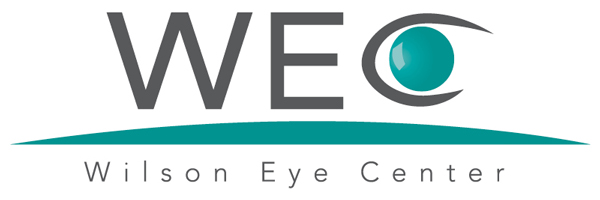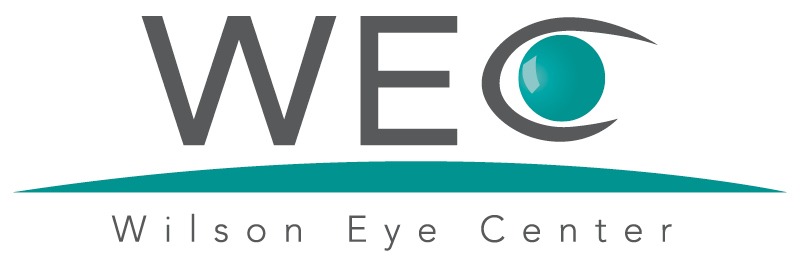Tailored Solutions from Low Vision Specialists in Valdosta
Living with low vision can present unique challenges, so we offer a comprehensive range of low-vision products for seniors designed to enhance your remaining vision and help you maintain your independence.
Learn more about Wilson Eye Center's low vision services, tools, and aids in Valdosta below.

What is Low Vision?
Low vision is a condition that can affect people of all ages, impacting their ability to perform daily tasks, read, or enjoy hobbies they once loved. However, low vision mainly impacts seniors at higher risk for age-related eye diseases that can permanently damage vision, such as macular degeneration, glaucoma, and cataracts.
Glasses or contact lenses cannot correct low vision, and visual acuity, which measures the sharpness or clarity of vision, often determines low vision. For example, we consider a person with 20/70 vision to have low vision, which means they see at 20 feet what someone with normal vision can see at 70 feet. When visual acuity drops to 20/200 or less in the better eye, it's considered legal blindness in the United States.

Low Vision Optometrist: Your
Guide to Enhanced Vision
Our team of low-vision specialists understands the complexities of living with low vision and takes a compassionate approach to supporting patients on their journey. We begin with a comprehensive eye exam to assess the extent of your vision loss, which allows us to create a personalized low-vision plan tailored to your unique circumstances.
We'll also work closely with you to explore a range of low-vision aids and solutions that can improve your daily life and maximize your remaining vision.
How Low Vision Affects Daily Life: Challenges and Symptoms
Understanding the symptoms and challenges of low vision is crucial for affected individuals and their caregivers.
Common Symptoms of Low Vision:
- Blurred or hazy vision
- Difficulty recognizing faces or reading signs
- Limited peripheral vision
- Sensitivity to light and glare
- Altered color perception
- Difficulty navigating stairs or uneven surfaces


Challenges in Daily Life
- Reading and Writing: Difficulty reading books, newspapers, or digital screens and writing or filling out forms due to limited vision.
- Mobility and Safety: Challenges in walking independently, especially in unfamiliar environments. Difficulty distinguishing obstacles or hazards, increasing the risk of falls
- Social Interaction: Trouble recognizing people from a distance or in dim lighting. Strain in social situations due to the inability to make eye contact or read facial expressions.
- Personal Care: Challenges in grooming, matching clothes, or identifying food items on a plate. Difficulty in managing medications or reading prescription labels.
Low Vision Products for Seniors
For seniors with low vision, maintaining independence and enjoying life to the fullest is a top priority. Our selection of low-vision products for seniors can address common challenges associated with aging eyes.
- Magnifiers:
- Handheld magnifiers with varying magnification levels for reading books, newspapers, and labels.
- Stand magnifiers with adjustable heights for hands-free use during tasks like sewing or crafting.
- Talking Devices:
- Talking watches and clocks that announce the time audibly.
- Audio labelers that help seniors identify and label household items.
- Large-Print Items:
- Large-print books, playing cards, and calendars for easier reading and recreational activities.
- Large-print keyboards and smartphones with enlarged text options for digital communication.
- Assistive Lighting:
- LED lamps with adjustable brightness and color temperature to reduce glare and enhance visibility.
- Clip-on lights for focused illumination while reading or engaging in hobbies.
- Visual Aids for Cooking and Dining:
- High-contrast cutting boards and utensils for improved visibility while preparing meals.
- Talking kitchen scales and tactile markers to ensure accurate measurements.
- Electronic Devices:
- Tablets and smartphones have screen magnification and voiceover features for accessible communication and internet browsing.
- E-book readers come with adjustable fonts and backlight for comfortable reading.

